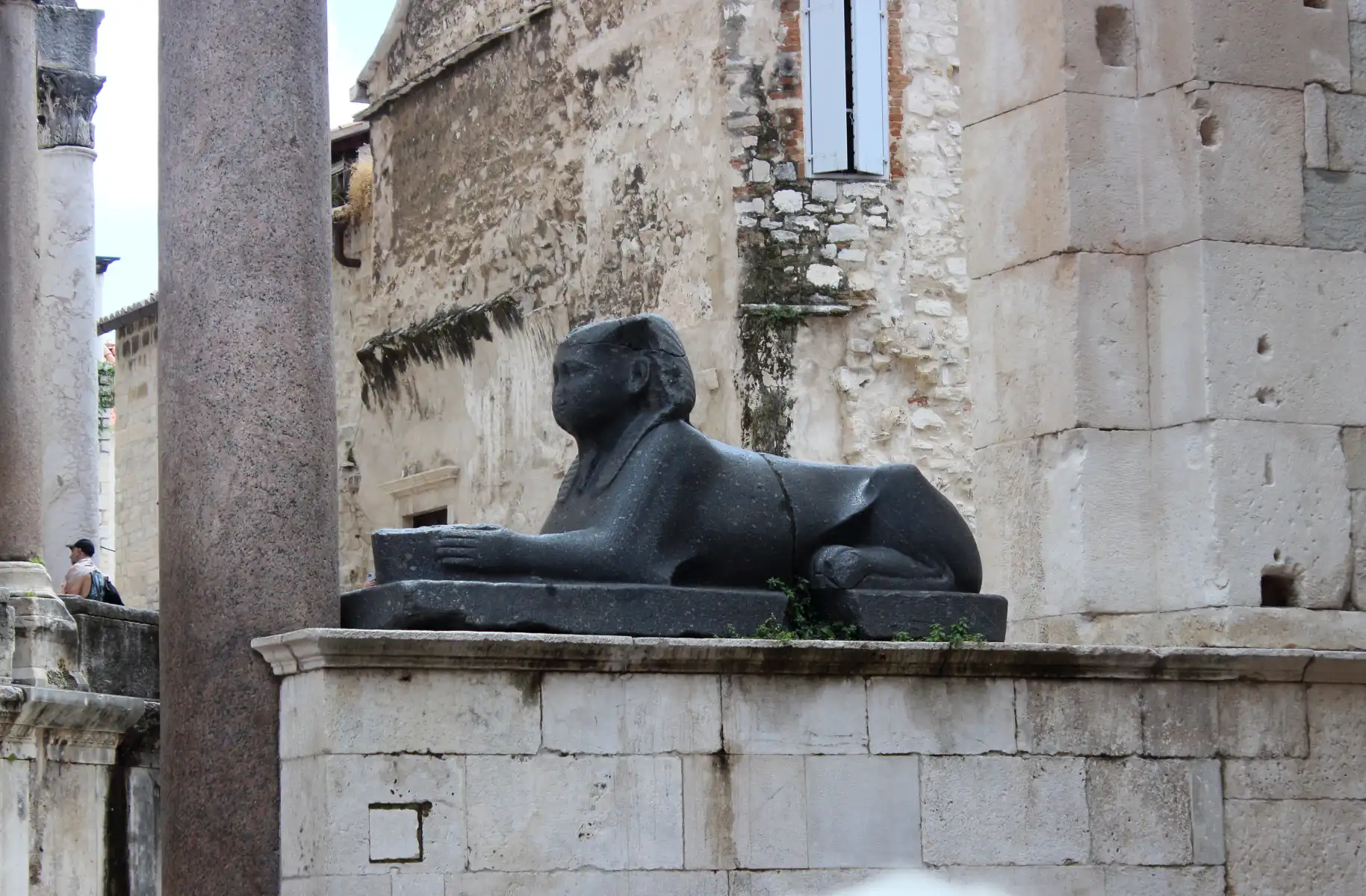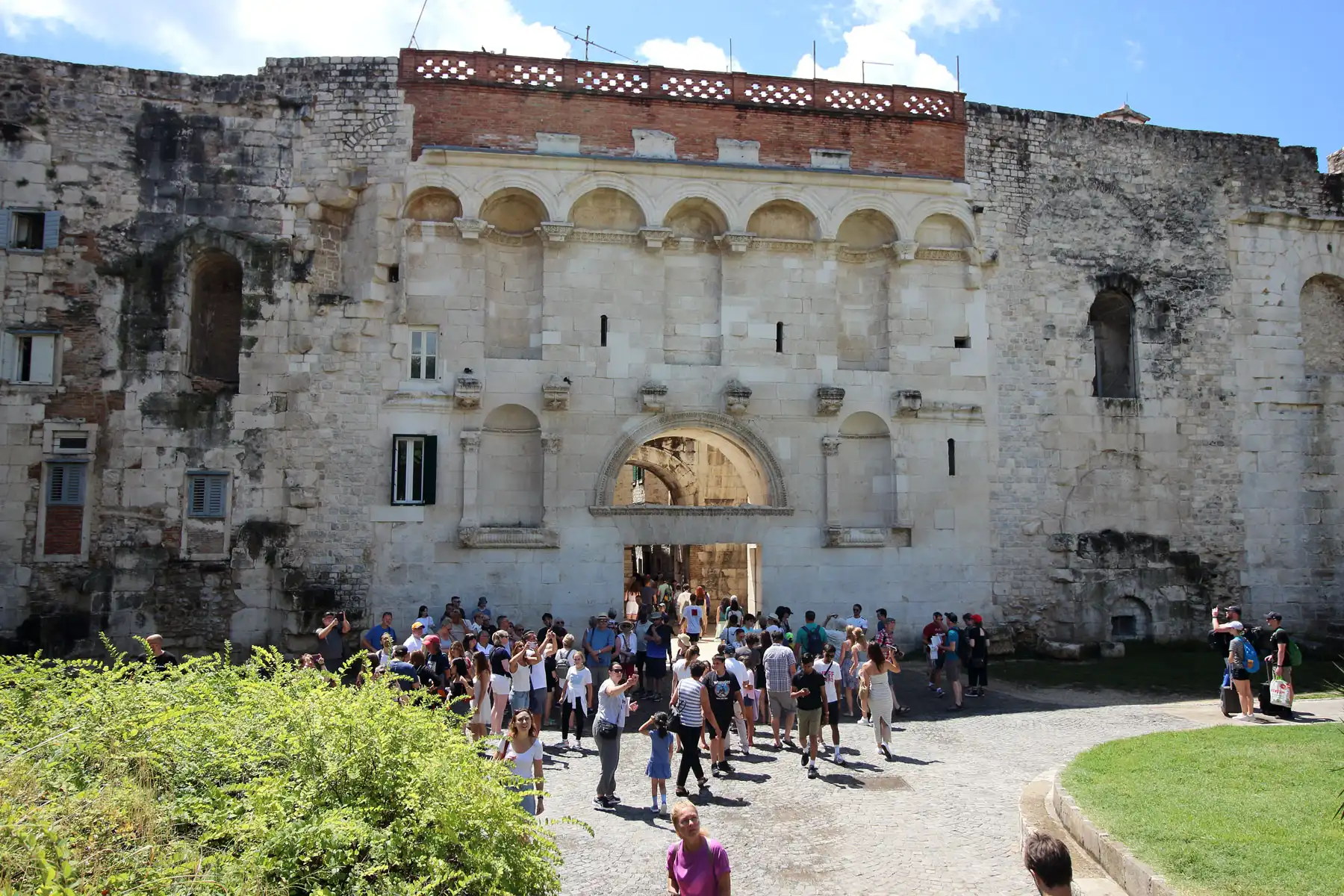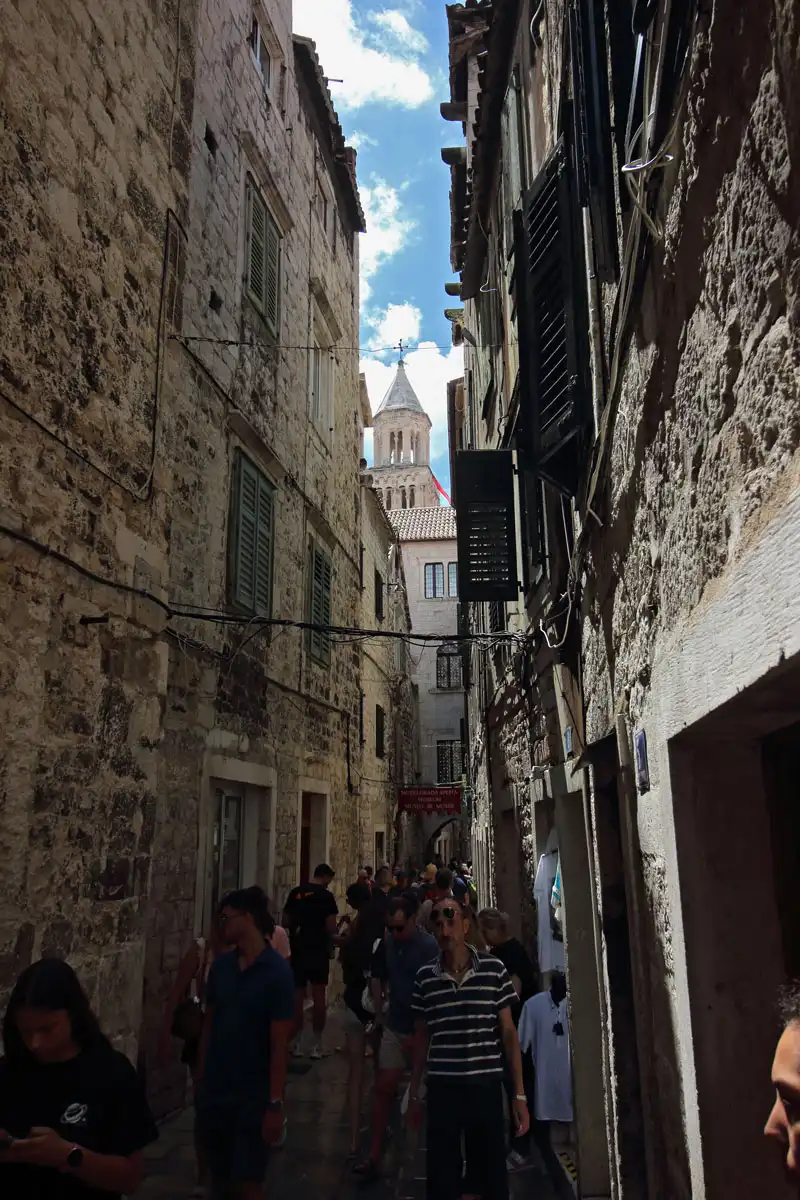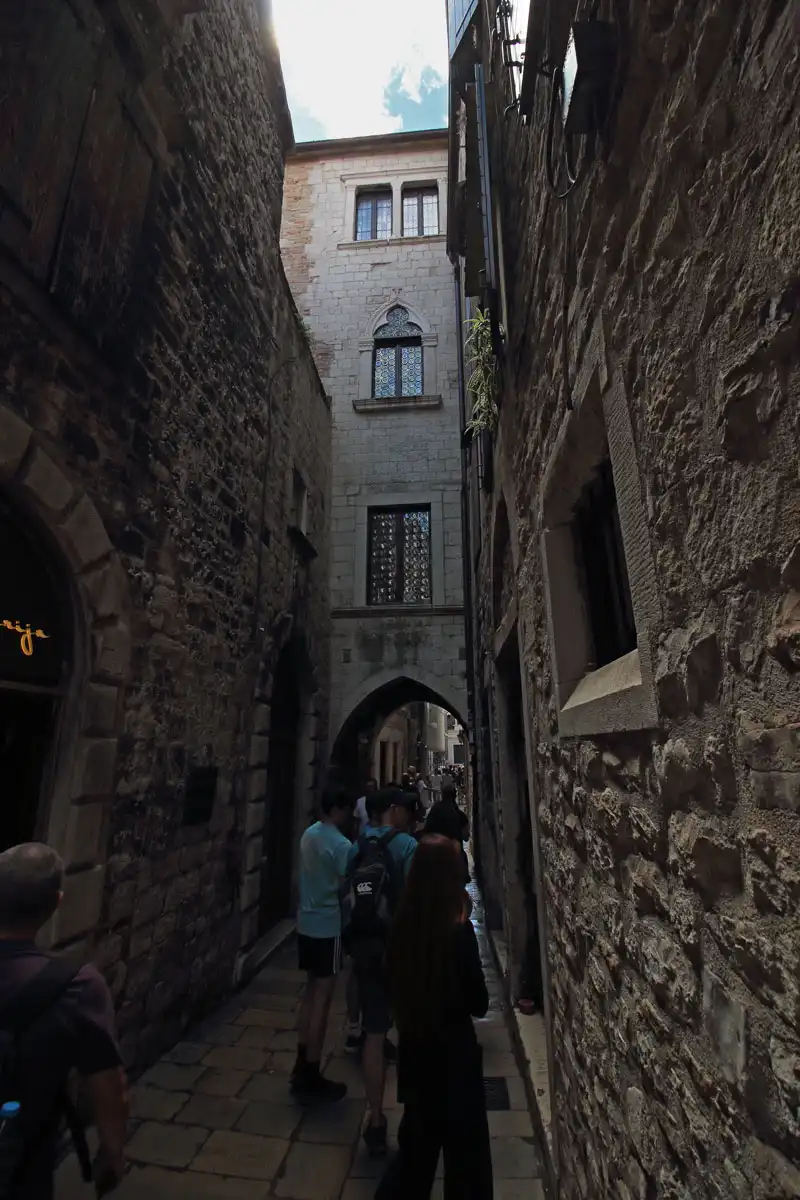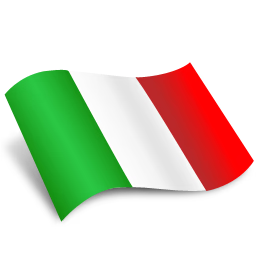MAESTRO TOURS
Tourist guide Licensed for Split-Dalmatia county
Local tour guide Mladen
Private tours in SPLIT
Split, the city chosen by Diocletian - one of the most eminent Roman emperors, as his last residence
where he built his palace at the beginning of the 4th century,
which fascinates, even nowadays, with its beauty and preservation. It is intriguing that, right there, the mausoleum of the greatest persecutor of Christians
in history has become the oldest building in which the Christian Cathedral lives.
Split has also been chosen by our greatest sculptor of all time - Ivan Meštrović, as the home of his most valuable artistic masterpieces.
Split has the largest passenger port from which you can travel by boat to all Dalmatian islands and beyond. Split has always been home
of exceptional sports talents and great clubs, and matches of Hajduk are certainly the biggest football spectacles in Croatia and beyond.
Choose Split as your destination, book your desired private tour and, accompanied by a licensed local tour guide, take a walk around,
according to locals, the most beautifull city in the world, listening to interesting facts and stories about the Emperor Diocletian,
St. Domnius, Ivan Meštrović and other interesting persons and landmarks.
Call me at 00385991973632

![]()
or write a mail.

(Just click on the corresponding icon above)
Local tour guide Mladen - Private tours in SPLIT, the liveliest city in Croatia. Local tour guide MLADEN - Split takes you on a private tour of the city of Split. Split is said to be the liveliest city in Croatia; second city in the country (more than 200,000 inhabitants), Split is one of the most active cultural, commercial, industrial, political, sports and tourist centers. Its historic center with the palace of Diocletian has been inscribed, among the first in the world, on the Unesco world heritage list (1979). The town is located on the coast of central Dalmatia, facing the beautiful islands of Brac, Hvar and Vis; in its hinterland lie the plains of Dalmatinska zagora and western Bosnia. The town was created on a peninsula, at the bottom of the Bay of Kastela protected by the island of Ciovo. It is located at the foot of a mountain range divided by the Klis gorge and whose peaks are Mount Mosor (1240 m) and Mount Kozjak (780 m). The massif was covered with significant layers of marly limestone which gave rise, at the end of the 19th century, to cement industry, an activity which initiated the industrial development of the region: shipyards, iron industry, polyvinyl manufacturing... All these industrial activities must be reconsidered today, both from an economic and ecological point of view; even if they were mainly limited to the hinterland of the city, we must not forget that they take place in a space whose historical, cultural and natural value is unique and that they must be constantly monitored. Note that the port of Split, which developed in this highly historic place, is today one of the most important passenger terminals in the Mediterranean. Split is a large university center. Book your private tour and Local tour guide -Mladen will tell you about its rich sporting tradition: football, basketball (Toni Kukoc), waterpolo, tennis (Goran Ivanisevic), sailing, mountaineering (Stipe Bozic). Their deep roots in history and their attachment to traditional values do not prevent the people of Split from leading a modern life and from being, sometimes, at the forefront of certain movements. Here rock was particularly well received; opera and fashion have also found favorable ground: young people in Split pay particular attention to clothes. This love of life in all its forms is encouraged by the fact that daily life takes place under the open sky, for a good part of the year, in squares, seaside promenades or in the picturesque streets. Because Split enjoys an ideal, mild climate, even in winter: there is an average of 7.3 hours of sunshine per day, throughout the year. With an average of 7.8°C in January, an average sea temperature of 22°C in summer and 17.5°C in winter, Split is one of the warmest cities in the Mediterranean. The rains are moderate, more frequent in autumn and winter. The south wind (jugo) and the bora (bura) blow stronger in winter and, in summer, the mistral (maestral) cools the city almost daily. Among the European Cathedrals Split is home to the oldest building - the mausoleum of the Roman emperor Diocletian. The Mausoleum of Diocletian became a cathedral in the middle of the 7th century where the altars with the relics of St. Dujm and St. Anastasius were placed, martyrs executed in Salona. the capitals of the Roman province of Dalmatia. Local tour guide Mladen - Private tours in Split, the city of Diocletian.
Diocletian's Palace is one of the best-preserved monuments of late antique architecture in the world. Diocletian's palace was built as a combination of a luxurious villa - a summer house and a Roman military camp , divided into four parts by two main streets - cardo and decumanus. The southern part of the Palace was is intended for imperial needs, as a residential area and Diocletian's private rooms, while the northern one was for the imperial guard - army, servants and the like. Local tour guide Mladen - organize private tours for discovering The cellars of the Diocletian's Palace. The palace is a rectangular building with four large towers at the corners. 6 octagonal towers defended the gate on the mainland sides, and 6 smaller towers were located on the walls between the angular and octagonal ones. The lower part of the walls it is without any openings, while the upper floor is open with a monumental cryptoportico and corridors with large arched windows on the other three sides. Over the centuries, the inhabitants of the palace, and then the citizens of Split changed the appearance of the palace for their own needs, so the buildings of that time greatly changed their original appearance, but the outlines of Diocletian's palace are still very visible.







